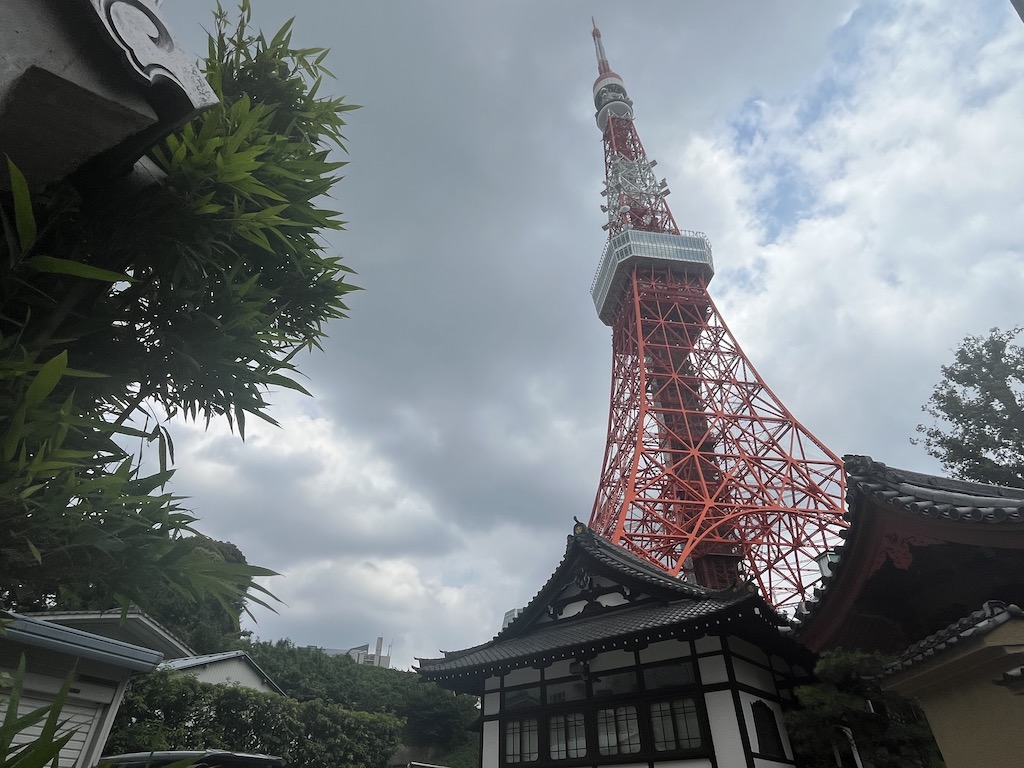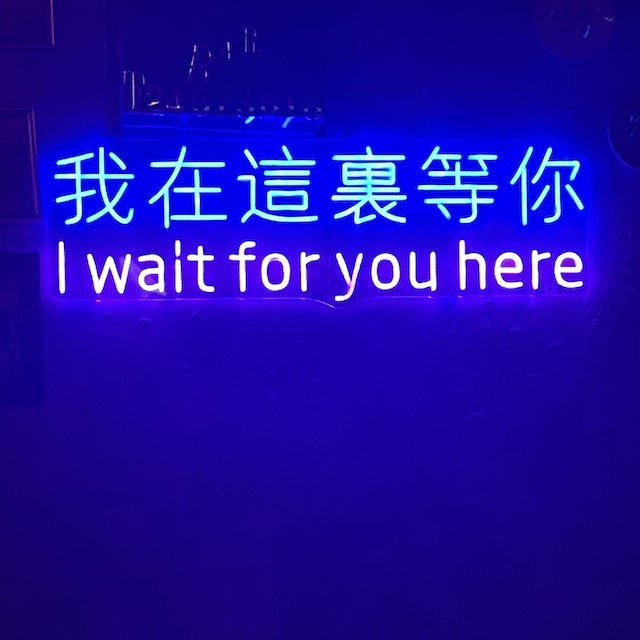Tokyo is one of the easiest cities in the world to pick a hotel. You just open up Expedia, find any Japanese Business Hotel for a hundred bucks a night, and book it. Doesn’t matter which one. They’re all pretty much the same and there aren’t better choices without breaking the bank.
What’s difficult, especially for a first time visitor, is deciding which area of Tokyo you want to stay in. The Internet is not particularly helpful on this score. Most sources give you a brief overview of five or six popular areas. You could throw a dart and get the same results, which is essentially what I did recently. And I got lucky. Roppongi was an outstanding choice and I’d happily stay there again over anywhere else.
Roppongi’s Location Within Tokyo
It’s extremely central. Roppongi is pretty close to the actual center of Tokyo. But if you were to draw a circle around the city’s major attractions and central neighborhoods Roppongi would land right in the middle of that.
The average tourist is not going to venture as far as Edogawa City or Setagaya City. There’s really no reason to. Tokyo is so enormous that at some point you’re just exploring more and more of the same when you seek out new areas.
Roppongi is served by two subway stations: one at the crossing on the Oedo Line and the Roppongi-itchome station on the Namboku line. It doesn’t matter too much which line you’re staying near in Tokyo. They all connect and you’ll to want to make several connections during your stay.
Roppongi’s 3 Mega-Malls
On the map above you can see Tokyo Midtown, Azabudai Hills, and Roppongi Hills, with Roppongi Station right in the center of the triangle. They don’t call the malls “hills” for nothing: there are hills in the area. But despite the terrain it is easy enough to walk among all three malls.
These are all enormous luxury developments. Tokyo Midtown is home to the Ritz Carlton. Roppongi Hills has a Grand Hyatt. By the time you’ve seen two of these you probably won’t even want to bother with the third one. How many Cartier boutiques can you look at in one trip, really?
But it’s definitely worth checking out one at least. Shopping in Japan is tax free for tourists. There’s also restaurants, your morning coffee, and sky-high observation decks to check out.
Roppongi’s Neighborhood Character
In addition to being central, Roppongi is a bit of a Goldilocks neighborhood. The streets are lively, but not overcrowded. There’s plenty of restaurants and they run the gamut from fine dining to casual joints where you can order on a touchscreen. There’s also some international options and even Western fast food when you get the craving or just want an Egg McMuffin for breakfast.
There are hotels attractions right there in the neighborhood like the National Art Center, Eisho-Ji Temple and Tokyo Tower. But it’s not overly touristic and compared to other areas of the city you’ll feel like you’re in the ‘real’ Tokyo.
Perhaps the best ingredients in any city or neighborhood are a mixture of the high and the low. Roppongi hosts a number of foreign embassies and consulates. It’s got the fanciest brand names on Earth. There’s a Ferrari dealership there. Barney’s New York. Whatever you can imagine. There’s also a bunch of gambling dens and strip clubs.
But an interesting thing about vice in Roppongi is that very little of it takes place at ground level. Most bars and clubs are on the upper floors of high rise buildings. You will see a few touts out on the street at night which can be annoying but it’s nothing compared to what you find in Shinjuku.
What About the Other Areas?
Speaking of Shinjuku… it’s interesting. You should definitely drop by and see it. It’s also incredibly annoying. There’s an abundance of girly businesses and touts on the street hounding you as you pass at all hours. There’s about a million tourists everywhere you look. There’s cars and noise and a train station that’s so big it’s practically unusable. It’s 40 minutes of walking just to navigate the station. It’s an essential part of Tokyo but you don’t necessarily want to be up in it the second you step out of your hotel.
Ginza is nice and very central but it’s really just a giant luxury shopping zone with a few office buildings around. Also worth seeing, but not the best atmosphere for your base in Tokyo. Go there on Sundays when they close the streets to cars.
Shibuya: Better than the other two but very, very crowded. Not unlike staying in Times Square.
Asakusa… This one is actually nice. It’s got the world famous Senso-ji Temple which you’ll definitely want to see. Good subway line. Pretty chill. If you’re traveling with family this is probably the number one choice.
Where to Stay in Roppongi
As you might have guessed, near the train station is the best bet. Ekimae means ‘station’ in Japanese and the APA Roppongi Ekimae is right on top of the station. APA Is a big national chain in Japan and there are two other locations within an easy walk of the station. Act Hotel and the Sotetsu Fresa Inn are also very close by the station and likewise come in at $100 or less.
These are business hotels and again, the rooms are small. If you want a bit more space you can try the Remm Roppongi where a basic room is 161 square feet vs a typical 118. That’s big enough for an armchair. If there’s two of you the double room is 263 square feet, fully twice the size of a typical room (but still small).
Finally if you want to stay with points there’s a Comfort Inn in the neighborhood that can be had for 8000 points per night. If you’re transferring those points 2-1 from Citi you’ll only need 4000/night which is a great deal.
Wherever you end up, and whatever type of traveler you are, you’re bound to enjoy your time in Roppongi.



























































